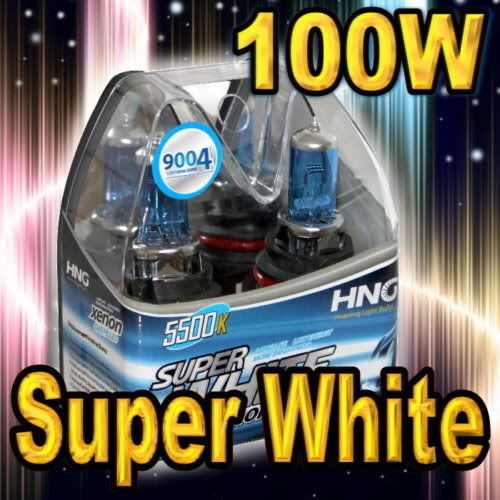We all know you get what you pay for and if it looks to good to be true,,,,,
But I spend like $50 for a set Silver Star ultra headlight bulbs and I thought they were bright. Then I picked up a set from eBay for $16 bucks with shipping. Dayum are they bright. They have a funny looking blue tint something like some of the new cars have. But Dayum are they bright.
Somebody with the screen name "Qualityautolight' sells them on eBay
if you need a set of lights I would recommend these to anybody
I don't know how to make a link but a new item number from this guy
is
240513099518 Lee
![Image]()
But I spend like $50 for a set Silver Star ultra headlight bulbs and I thought they were bright. Then I picked up a set from eBay for $16 bucks with shipping. Dayum are they bright. They have a funny looking blue tint something like some of the new cars have. But Dayum are they bright.
Somebody with the screen name "Qualityautolight' sells them on eBay
if you need a set of lights I would recommend these to anybody
I don't know how to make a link but a new item number from this guy
is
240513099518 Lee






